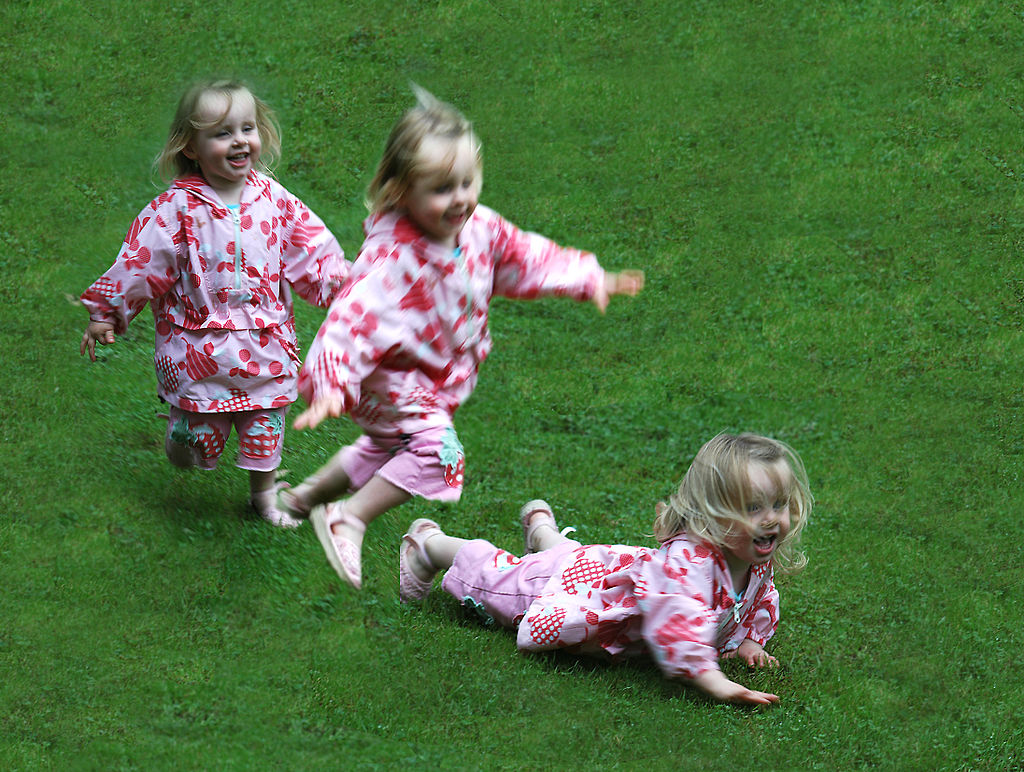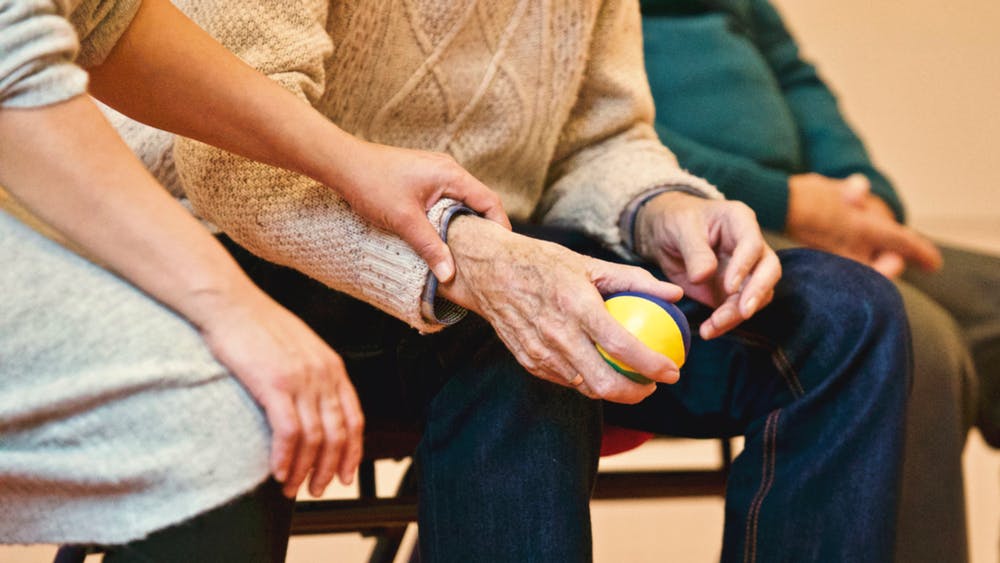nalco group
bone, muscle & joint pain physio
BOOK NOW / WHATSAPP ABOUT YOUR PAIN OR INJURY
- NOVENA 10 Sinaran Drive, Novena Medical Center #10-09, Singapore 307506
- TAMPINES 9 Tampines Grande #01-20 Singapore 528735
- SERANGOON 265 Serangoon Central Drive #04-269 Singapore 550265
Home > Blog > Physiotherapy > Conditions > Falls Physiotherapy
Falls Physiotherapy

Falls and a fear of falling can diminish patient's ability to live and lead a full and independent life. Even though 1 in every 4 older adults falls each year, but we must understand that falling is not a part of normal aging.
Patients have the power to reduce their risk of falls and our senior physiotherapist can help you do so by:
- Assessing your risk for falling
- Designing an individualized plan for your fall-prevention needs
- Helping you make your home as safe as possible
- Educating you about the medical risk factors associated with falls
- Providing you with appropriate exercises and balance training
- Working with other health care professionals to address any underlying medical conditions that could increase your fall risk
- Providing you with recommendations on appropriate community programs
What Are Falls?
A fall is defined as any event that leads to an unplanned, unexpected contact with a supporting surface, such as the floor or a piece of furniture, that is not the result of a push or shove or the result of a medical event, such as a heart attack or fainting.
A near fall, on the other hand, refers to a stumble or loss of balance that would result in a fall if you were unable to catch yourself.
There are lots of factors that can increase your risk for falls, including:
- History of a previous fall
- Being female
- Having a sedentary lifestyle
- Being in overall poor health
- Recent hospitalization
- Advanced age (older patients at higher risk)
- Difficulty with walking or keeping your balance
- Leg weakness
- Becoming fatigued easily
- Limited flexibility
- Problems with your vision or skin (touch) sensation
- Getting dizzy when you stand up from sitting or lying down (orthostatic hypotension)
- Medical conditions such as heart disease, diabetes, stroke, Parkinson disease, or Alzheimer disease
- Trouble with your memory and thinking
- Joint pain or arthritis
- Taking too many medications or taking certain types of medications
- Depression and/or anxiety
- Home hazards such as throw rugs, poor lighting, or a lack of handrails on stairs
- Inappropriate footwear
- Inappropriate use of a walker or a cane
The more risk factors, the greater risk of falling.
How Is falls or falls risk Diagnosed?
Unlike with other medical conditions, there is no single test that can predict a fall.
All adults that is aged 65 years and older should be screened by their doctors care provider on a yearly basis to help determine their risk for falling.
On top of that, if you are worried about falling, have
had a loss of balance, or have had a fall, you should see one of our senior physiotherapists.
how our senior physiotherapists can help you

Our senior physiotherapist can conduct a brief check ("screening") of your fall risk. If the screening shows that you are at risk, we will perform a thorough evaluation, including:
- Review of your medical history
- Review of your medications
- Simple vision test
- Home safety assessment
- Simple test of your thinking abilities
- Check of your heart rate and blood pressure measurements at rest and while you change positions (from sitting/lying to standing)
- Foot and footwear assessment
- Balance, strength, and walking ability assessment
Based on the evaluation results, we will design a plan that is tailored to your needs. Your physiotherapy treatment plan may include:
Balance training
Balance training has been shown to be an important and effective part of falls prevention. We will design exercises that challenge your ability to keep your balance as well as recover from a loss of balance, including exercises such as single-leg standing, or holding your balance while performing an action like reciting the alphabet.
Walking and moving
A prescribed exercise program should include a walking program. However, starting a walking program with poor balance can actually increase your risk for falling. Talk to your doctor or our senior physiotherapist before you initiate a walking program to make sure that it is the right choice for you.
While working with us, you may be asked to perform activities, such as:
- Dance steps
- Walking in circles
- "Figure 8" exercises to strengthen the core abdominal muscles that help stabilize your body
- Working through an obstacle course
Doing more than one thing at the same time—safely
Older adults who have difficulty walking and talking at the same time are at a higher risk of falling. To help increase your safety during daily activities, we can design a "dual-task" training program.
This kind of training will challenge you to maintain walking speed, while you perform another task, such as counting backward, engaging in a conversation, or carrying a bag of groceries.
Strength training
Strengthening is a key element of fall prevention and is very effective in preventing falls, especially when combined with balance exercises.
We will design an individualized strengthening program that focuses on specific muscle groups to help improve your standing balance, your balance while walking, and your ability to recover from a loss of balance.
Endurance training
Aerobic exercise is physical exercise of relatively low intensity and long duration; it can help improve almost every aspect of your health, especially your endurance.
We can work with you to plan a safe aerobic program, such as a walking or an aquatic program, to address your specific needs. The program may start with as little as 10-minute sessions and progress to 30-minute sessions, as your endurance improves.
Pain management
Pain management plays a crucial role in older adults’ risk for falling and quality of life. Certain exercises, such as strengthening and aerobic exercises, are appropriate interventions to relieve pain in addition to decreasing fall risk.
Treatments need to be modified appropriately, depending on each individual’s source of pain. Physiotherapy has been shown to help individuals reduce or eliminate their need for pain medication, including opioids.
Education
We will take the time to explain how you can best manage your own risks for falling. We also may talk to you about the best activities to help maintain your quality of life, and offer educational resources.
Fear management
It is important for you to talk with us about the fear you have of falling. We will work with you to build your confidence and help you get back to the activities that you may be avoiding because you are afraid of falling. Your individual assessment can also identify the activities that you actually should avoid to stay safe.
Personal recommendations
We can provide personal recommendations based on your condition and goals to help you:
- Increase the safety of your home environment by making changes, such as removing throw rugs or clutter
- Adjust how you complete your daily tasks to reduce your fall risk
- Choose appropriate footwear
- Learn about proper nutrition, improving your sleep schedule, and other general information that can help reduce your fall risk
- Meet with other health care providers when appropriate

